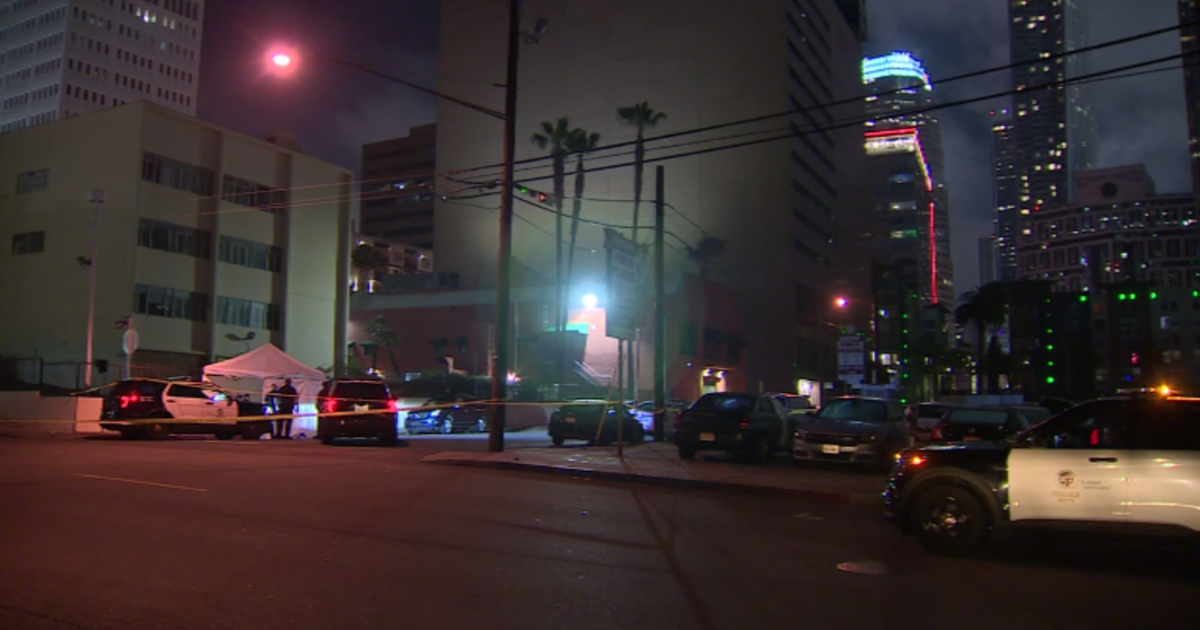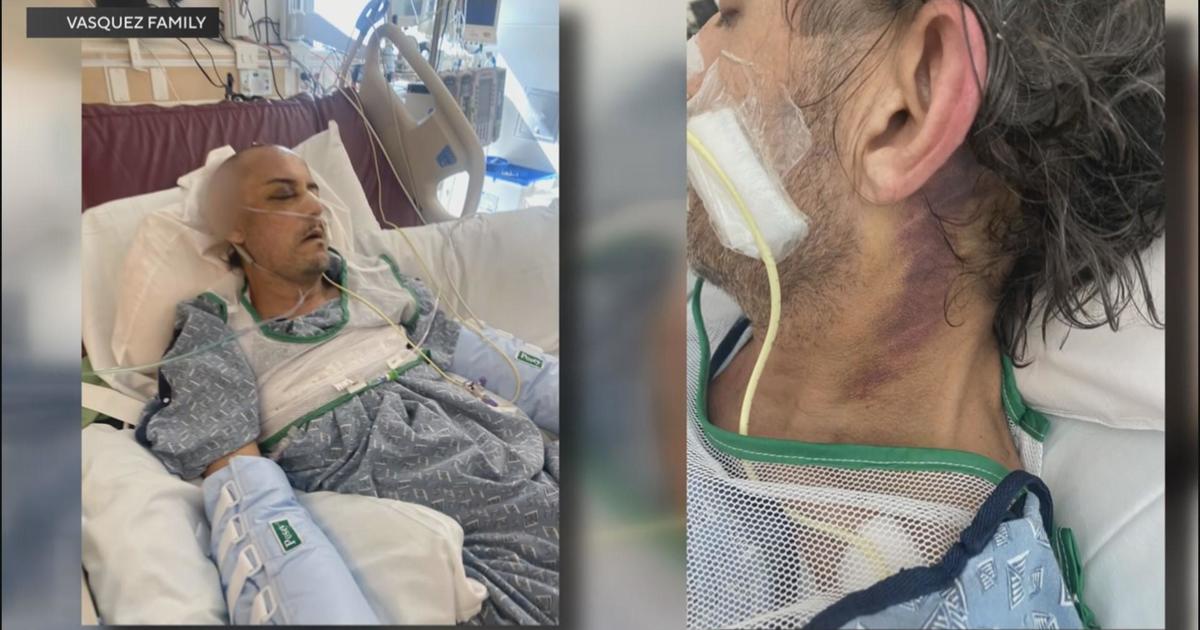Sustainability, Label-Reading Keys To Avoiding Toxic Fish
LOS ANGELES (CBSLA.com) — The headlines are startling: "Formaldehyde in fish from Asia". "Toxic fish poisoned more than thought".
In fact, according to the U.S. Centers for Disease Control, the most common source of seafood poisoning comes from imported fish from Asia.
So, how do you know if you the fish you're getting is safe?
Chef Andrew Gruel, owner of Orange County-based Slapfish Restaurant, cooks up mahi, salmon, and hoki on a regular basis - and knows fish safety and sustainability.
"Everybody says, 'Eat more seafood', and then on the other hand, we are scared of certain types of seafood because the news about contaminants or certain sustainability over fishing, or the environmental damage of fishing practices," said Gruel.
Safe seafood tip number one, according to Gruel? Buy from the U.S.
"The United States has a very vigorous framework, if you will, in which to manage the fisheries all over the U.S., and it's a huge coastline up to 200 miles that we actually manage," he said. "If you are buying U.S. seafood, you know that it is sustainable."
And if you can't find what you're looking for from the U.S., Gruel advised looking for fish from countries like Canada, New Zealand and Costa Rica and avoiding fish from China, Vietnam and the Philippines, which can be high in contaminants and antibiotics.
"Only two percent of all imports are able to get inspected by the FDA," Gruel said. "So 98 percent is still slipping through the cracks."
Safe seafood tip #2: it's easy to avoid fish high in toxins if you look for sustainable fish.
"Stay away from Chilean sea bass," said Gruel. "While it is starting to rebound, try something like a Barramundi. It's a phenomenal fish, its incredibly sustaninable. Australian Barramundi is the best.
Gruel also recommends trying Wild Pacific Albacore instead of buying Atlantic bluefin tuna.
"It's a smaller fish, virtually no mercury when it's caught off the coast of California, and it's incredibly abundant," he said.
Safe seafood tip #3? Read the labels.
"When you go to the market to buy fish, you do want to look at some of the labels. So MSC certification is important for wild fish. It's a blue label," said Gruel. "Also for farmed seafood now its a certification called BAP, best aquaculture practice. It's part of the Global Aquaculture Alliance. It's a small blue label with three fish on it."
And what about all the fish at sushi restaurants? Gruel says don't be afraid to ask the sushi chef if they serve sustainable seafood, whether the seafood is farmed or wild, how it was caught, and where.
"We need to eat a lot more seafood because the alternatives for protein don't have the same beauty story of what it can do for your body," said Gruel. "Seafood is so incredibly healthy, but you've got to get it from the right places."
For more, visit seafoodwatch.org.



